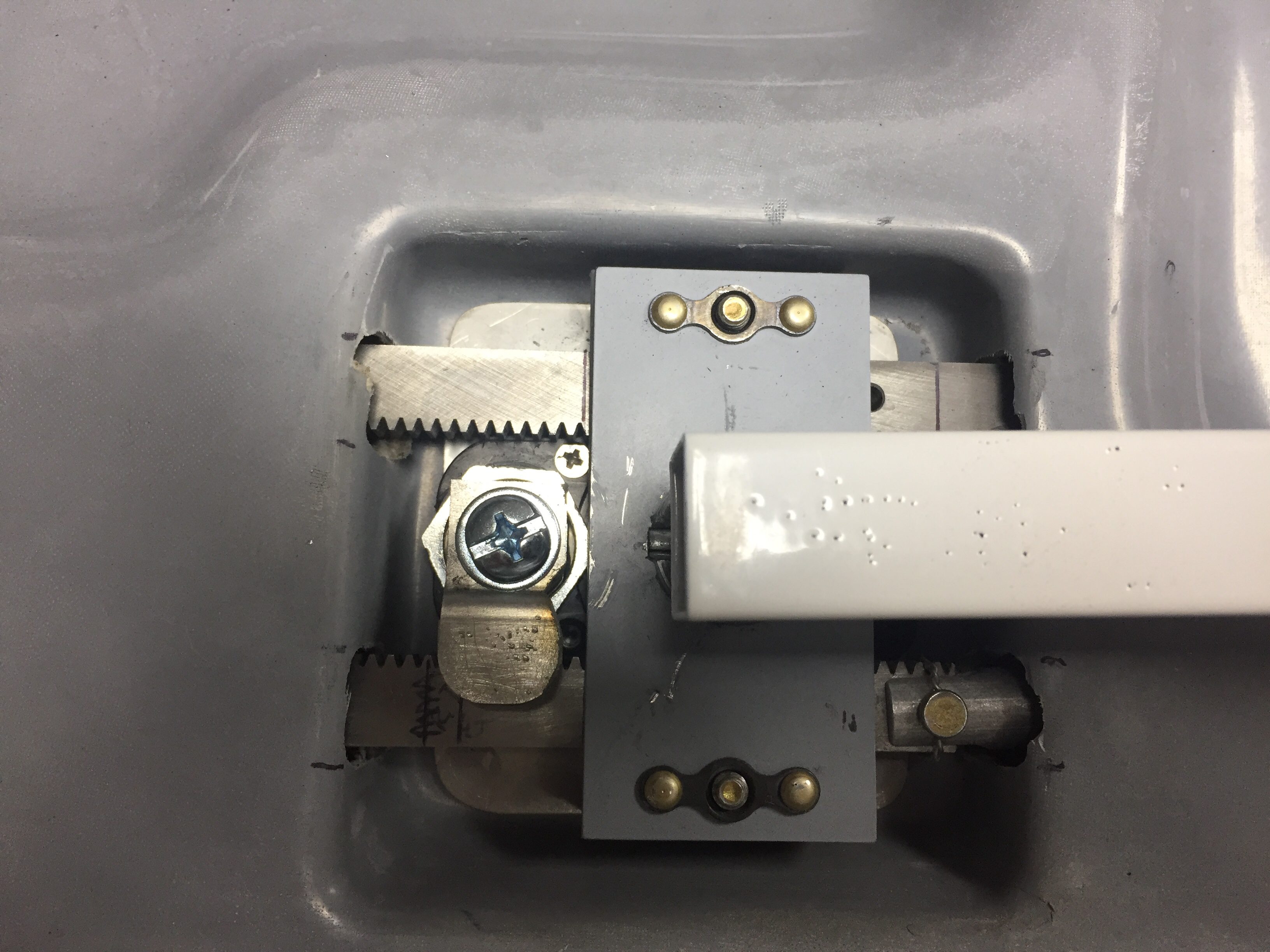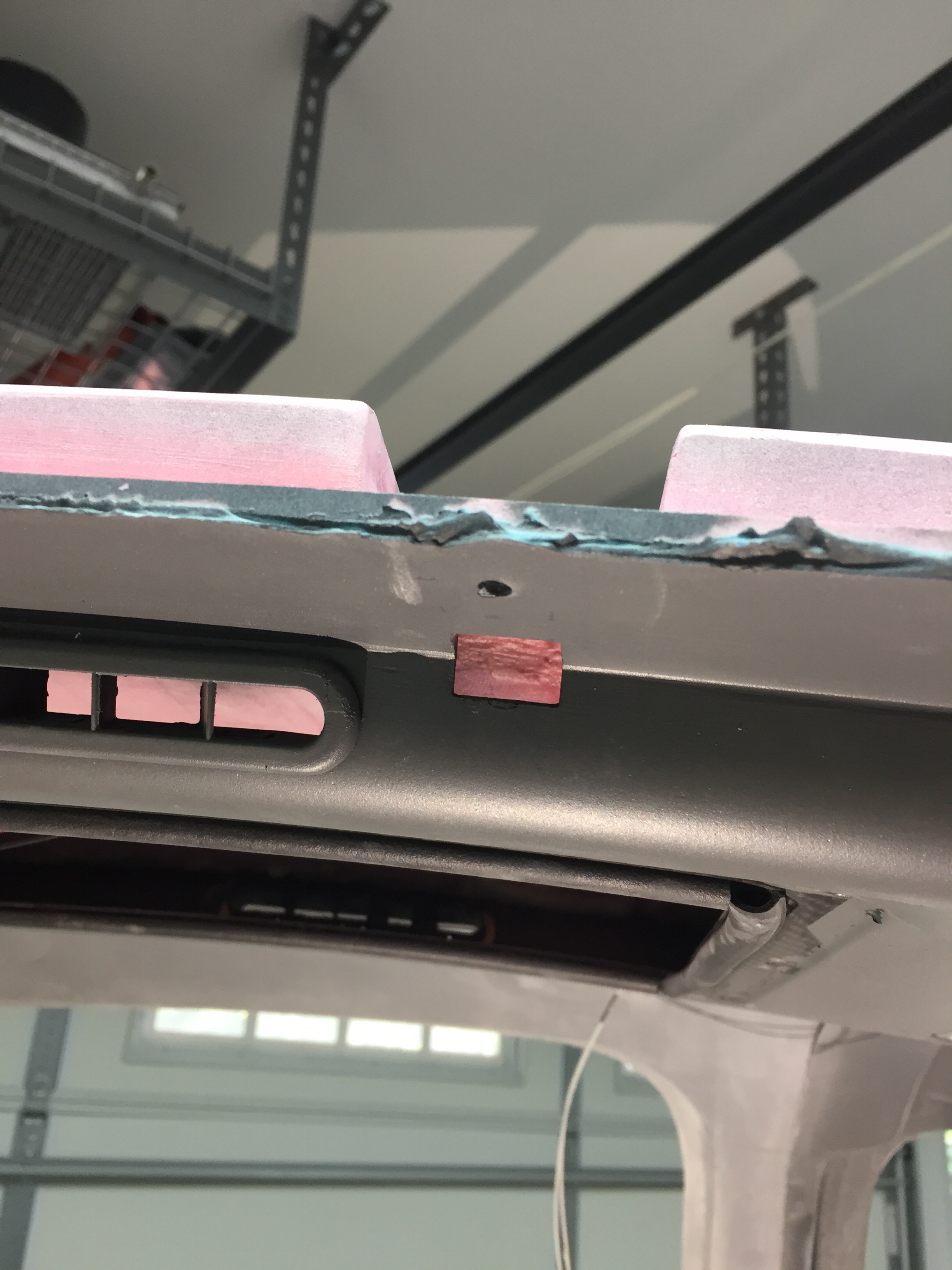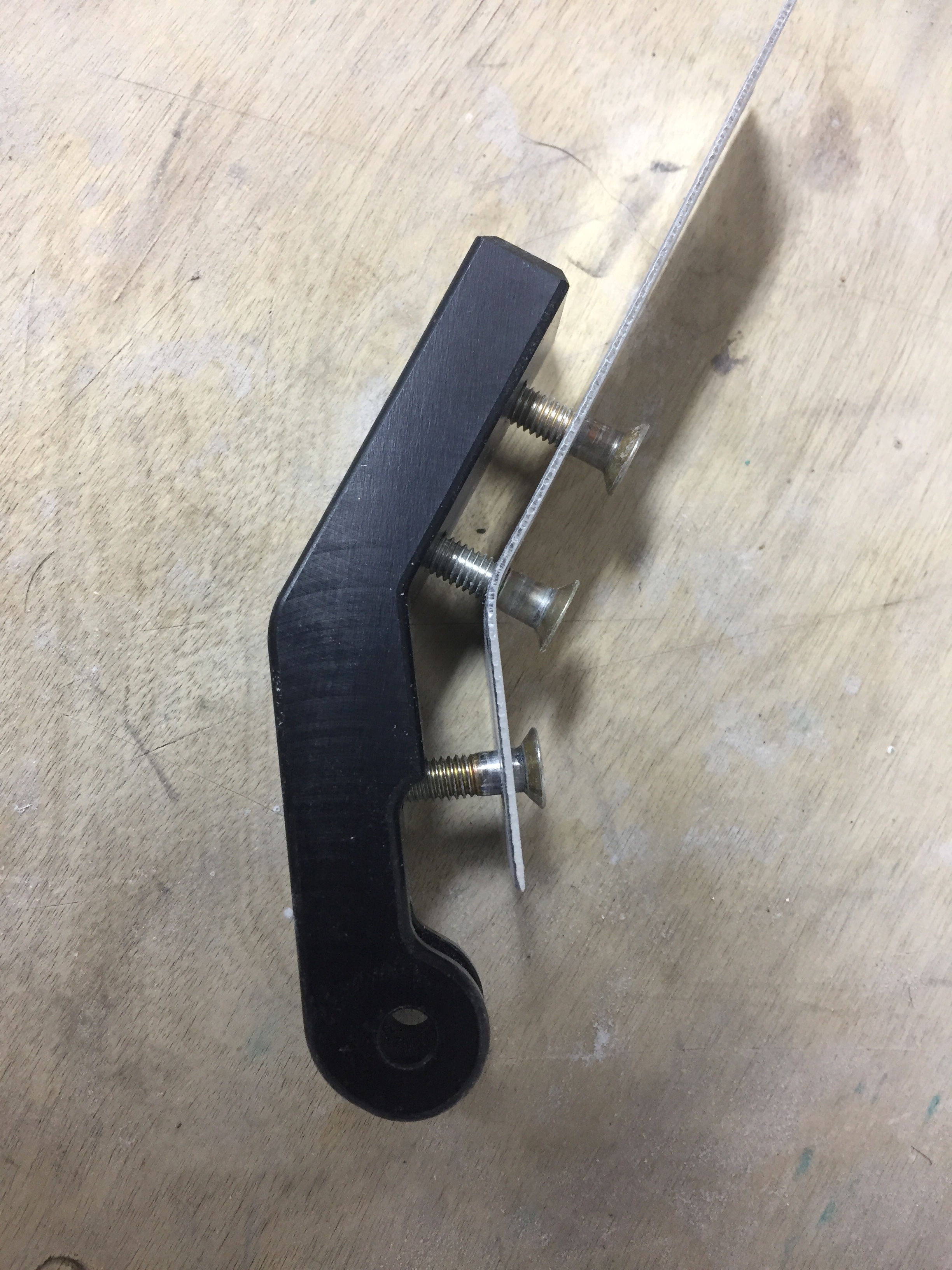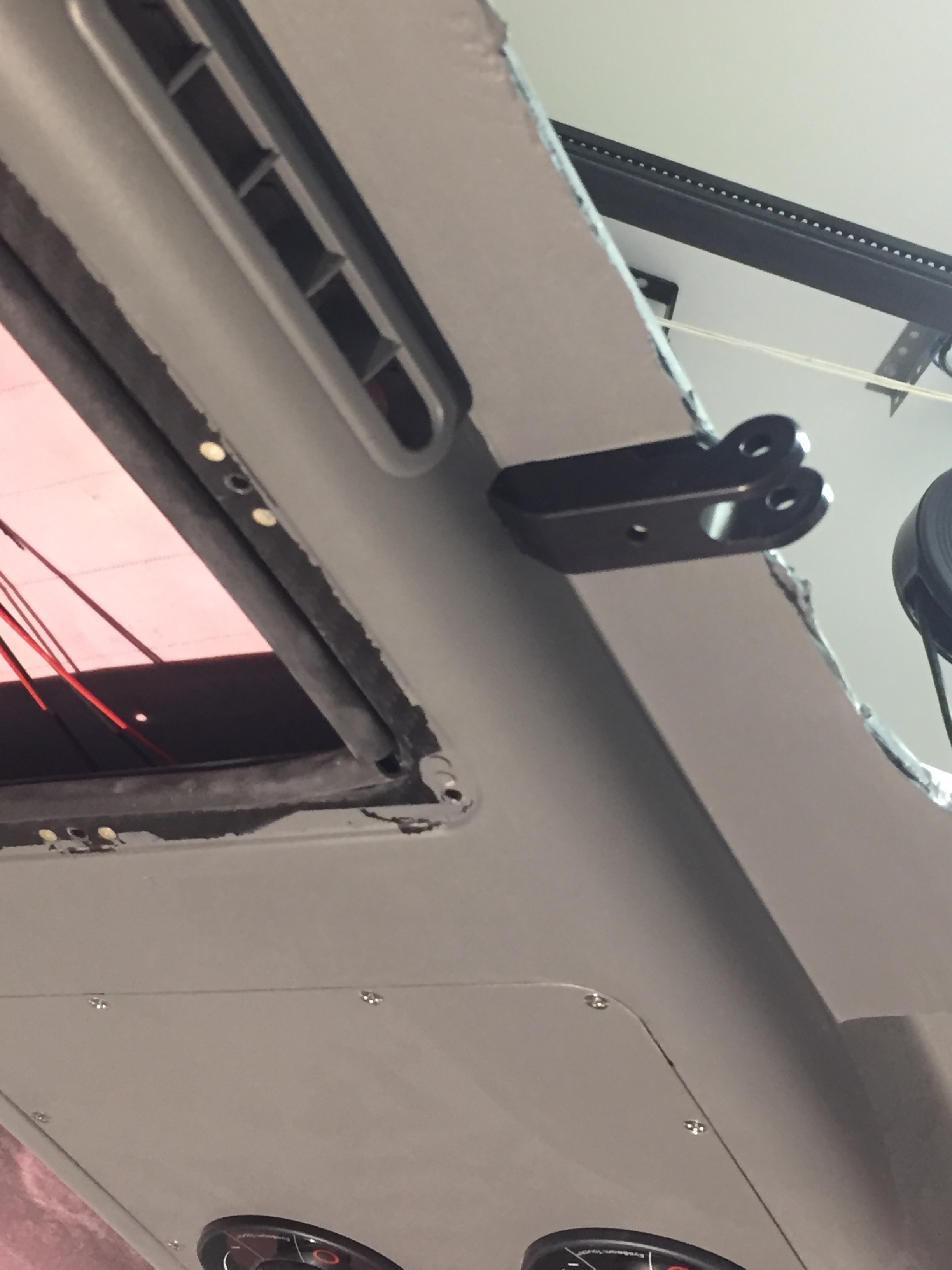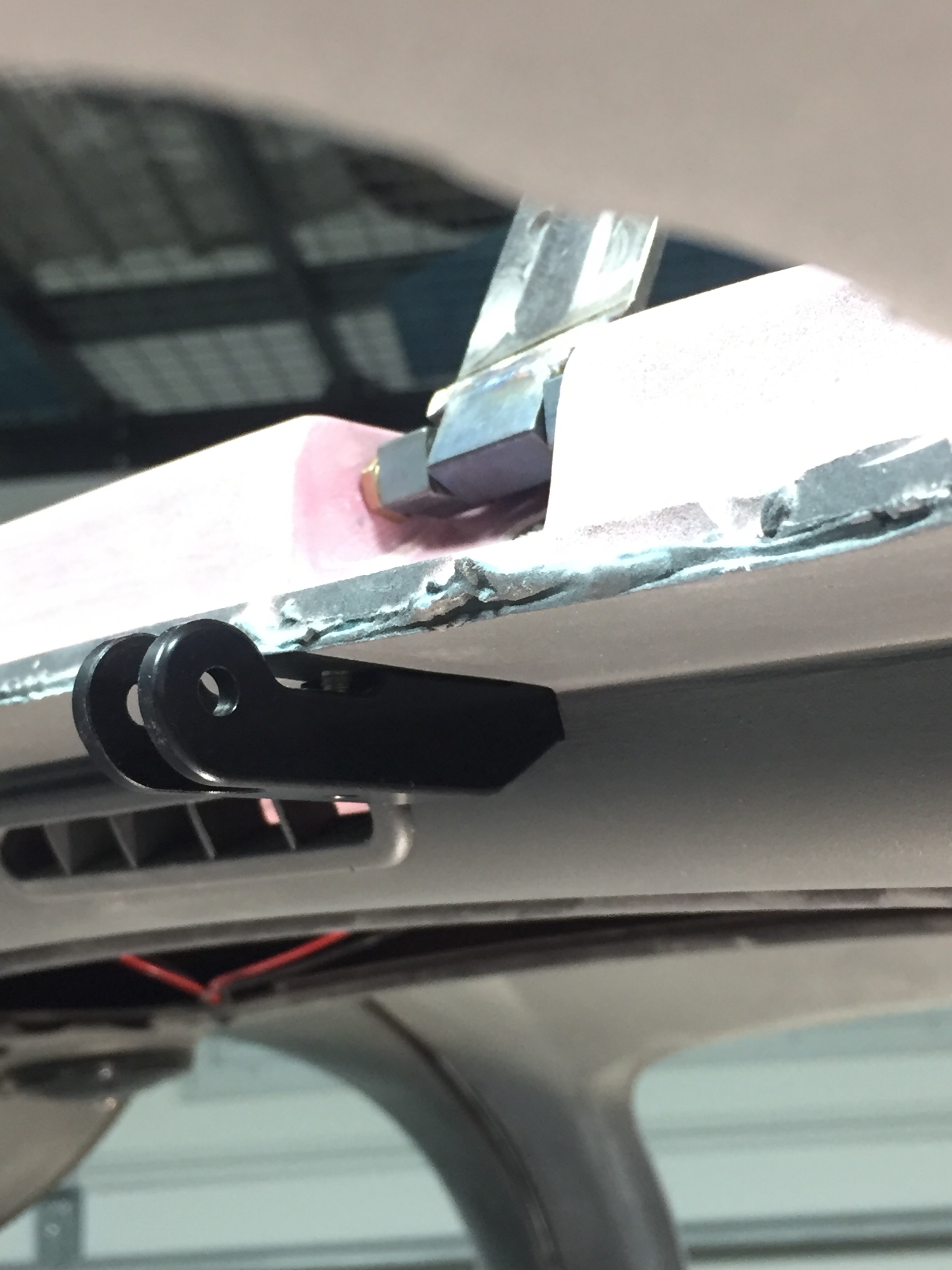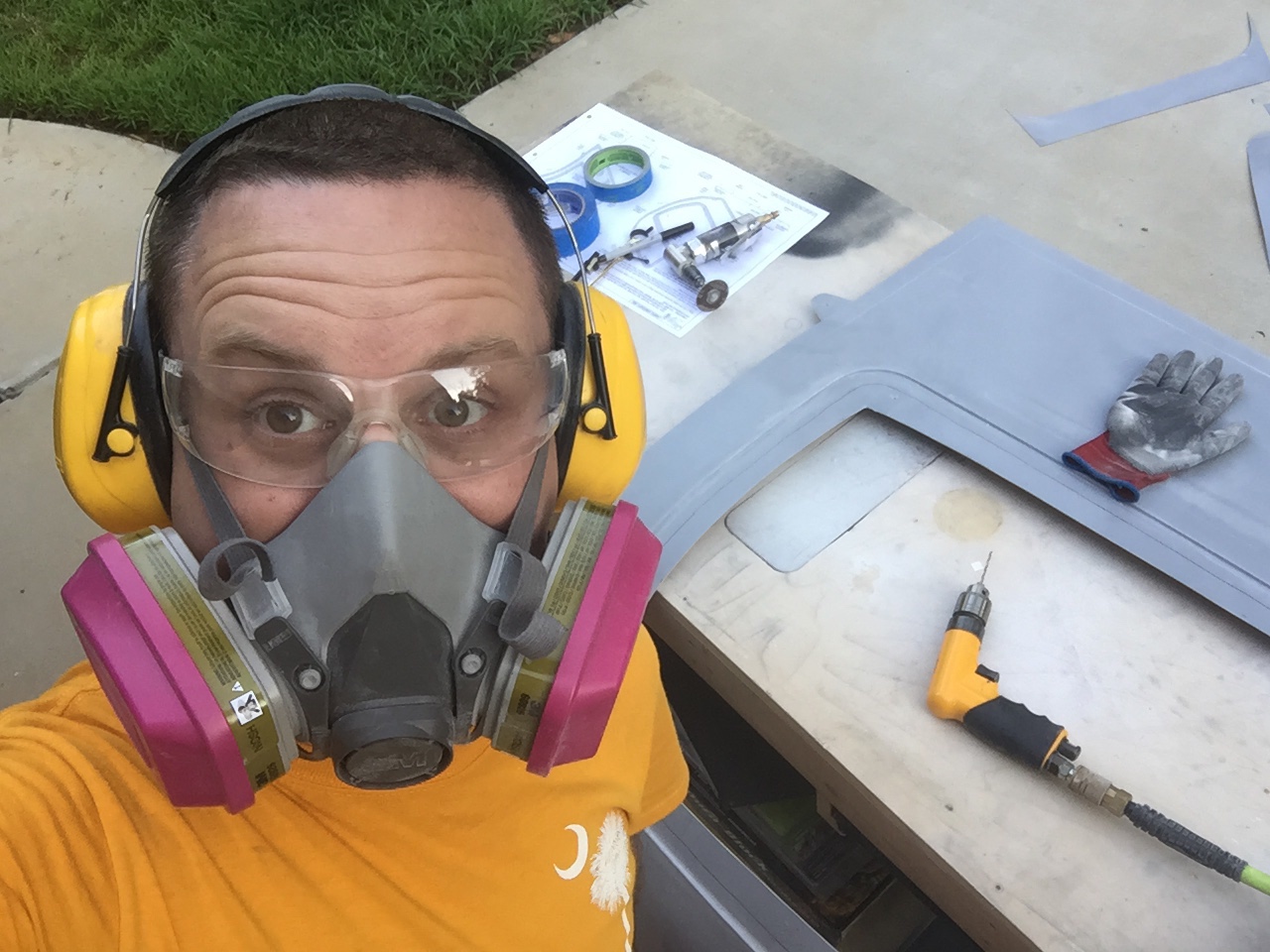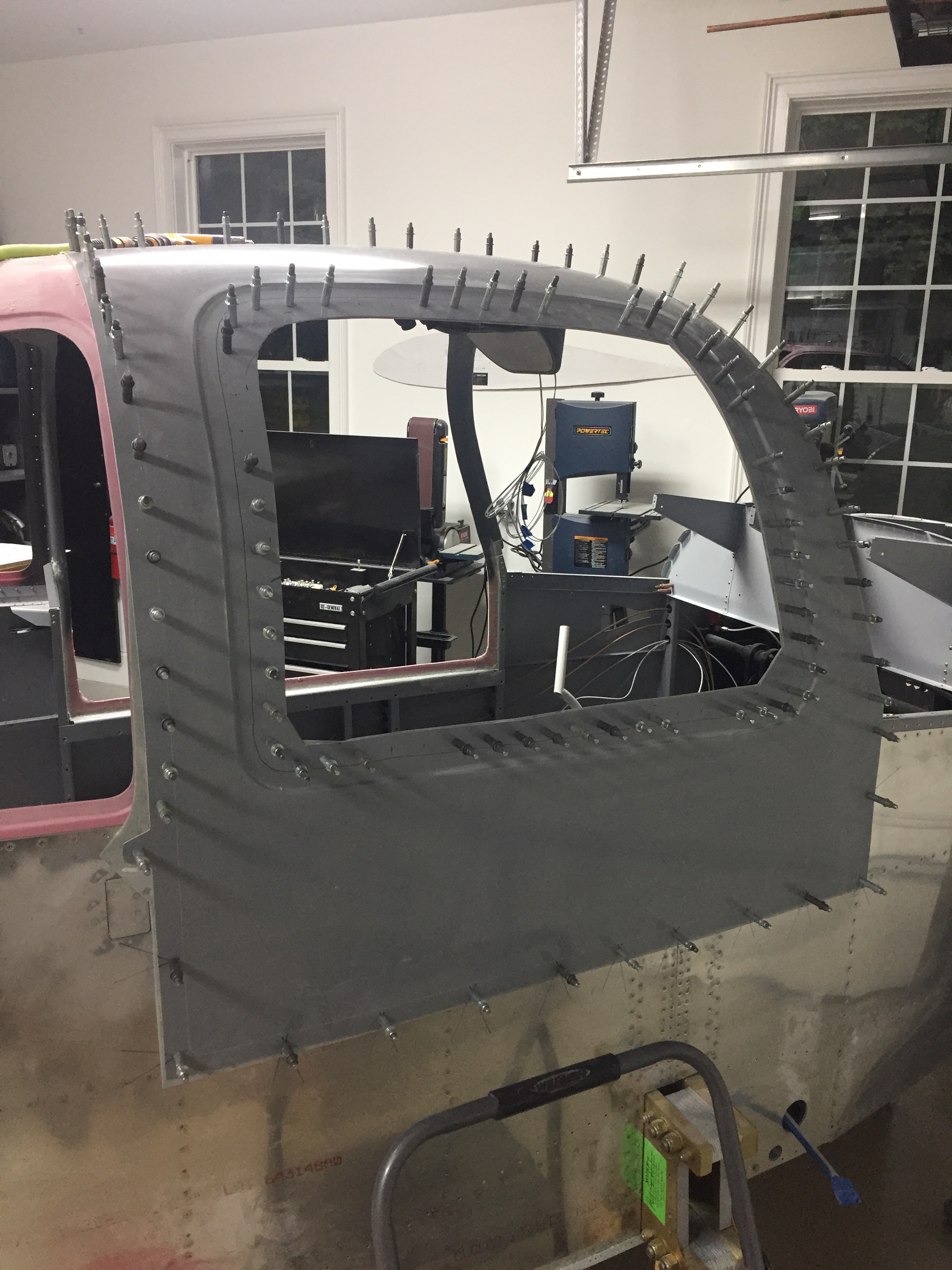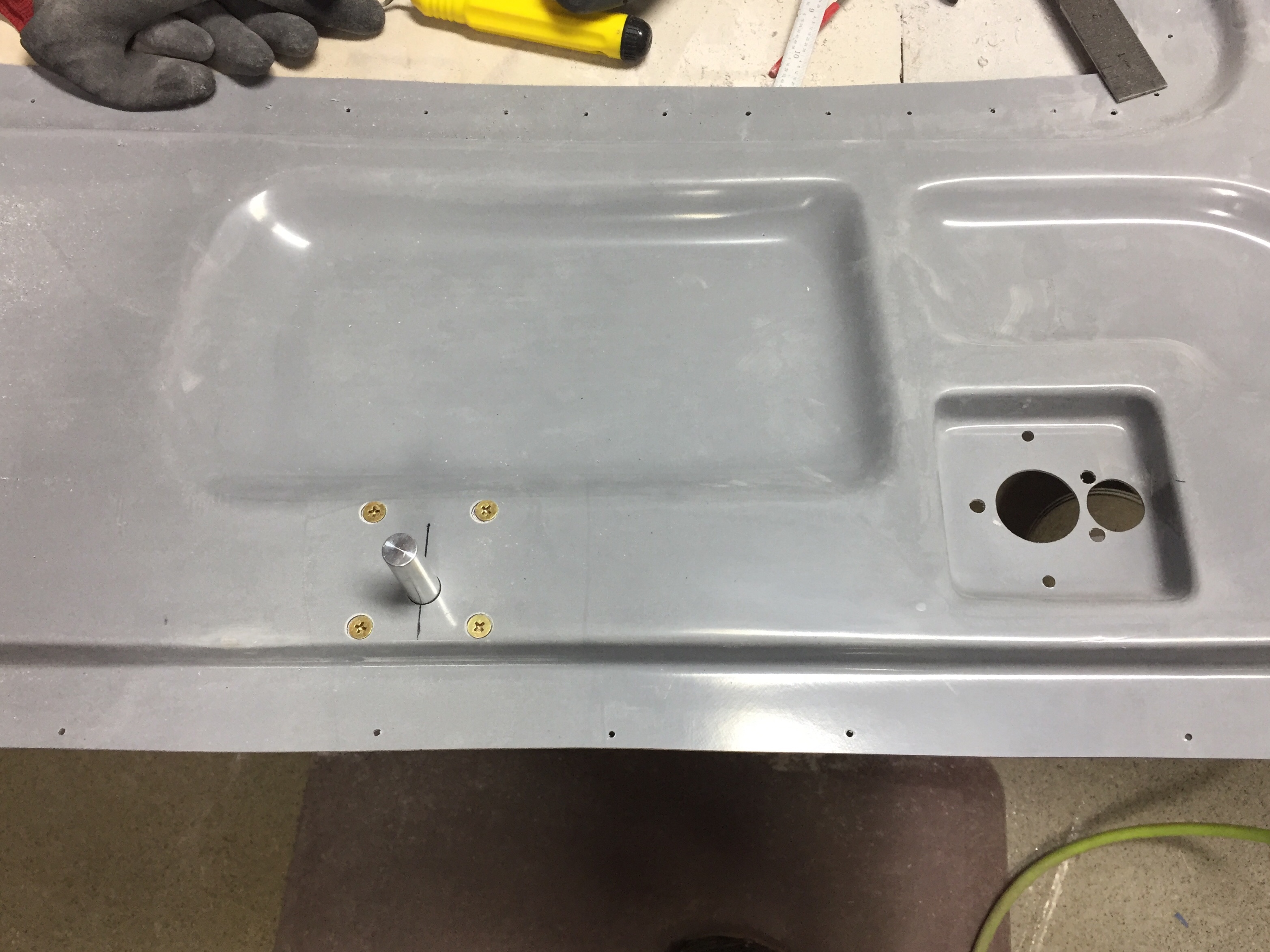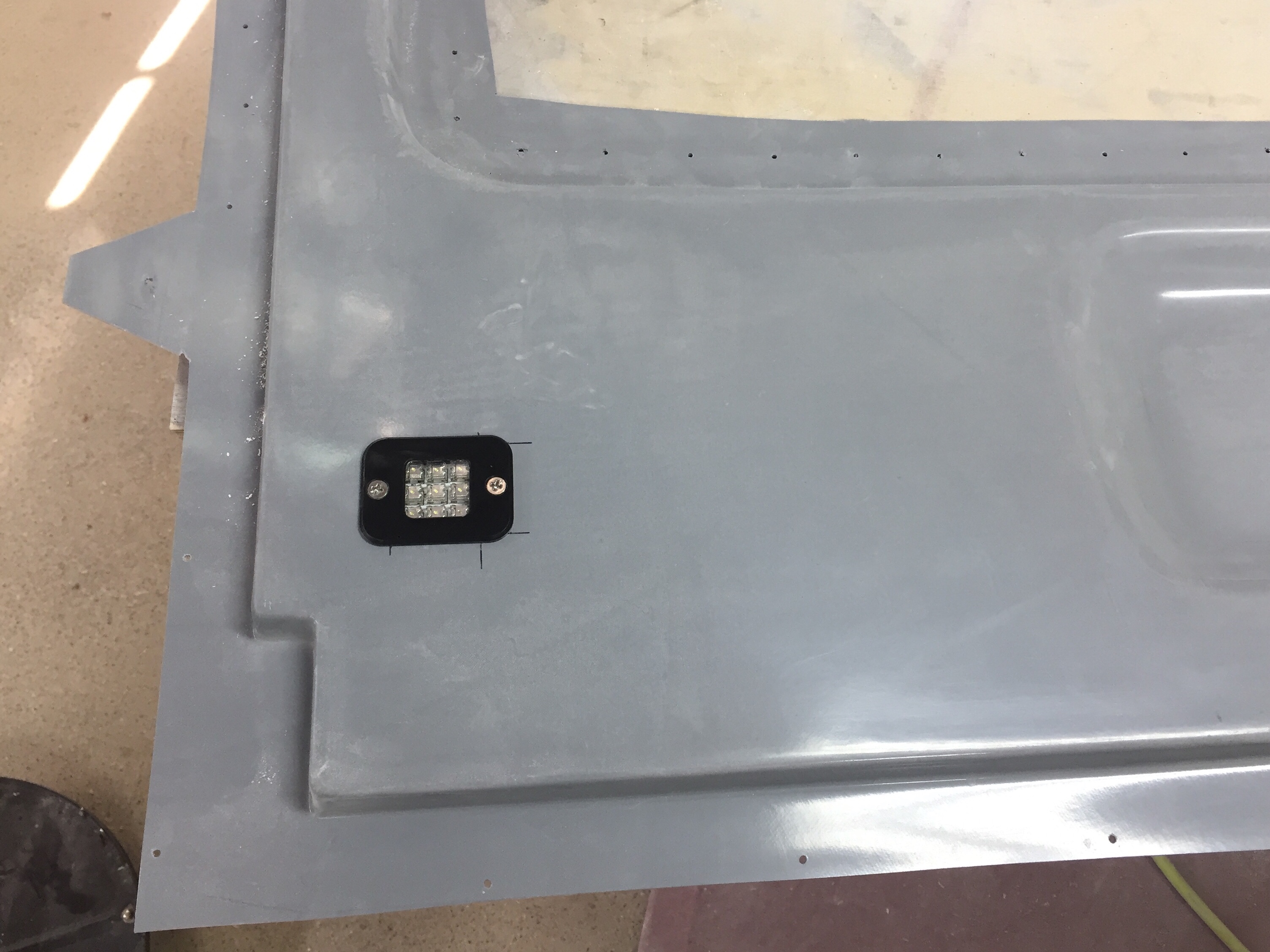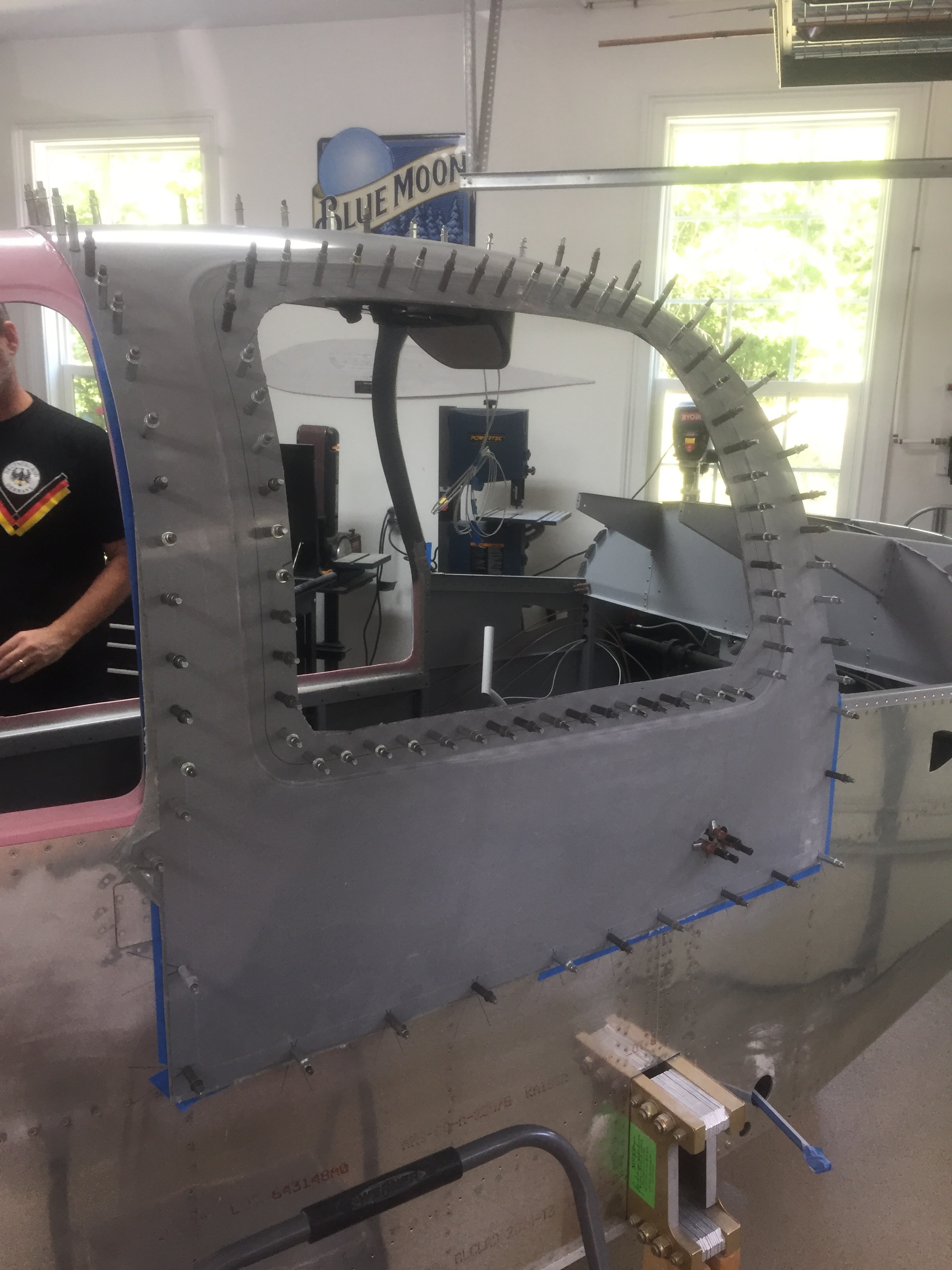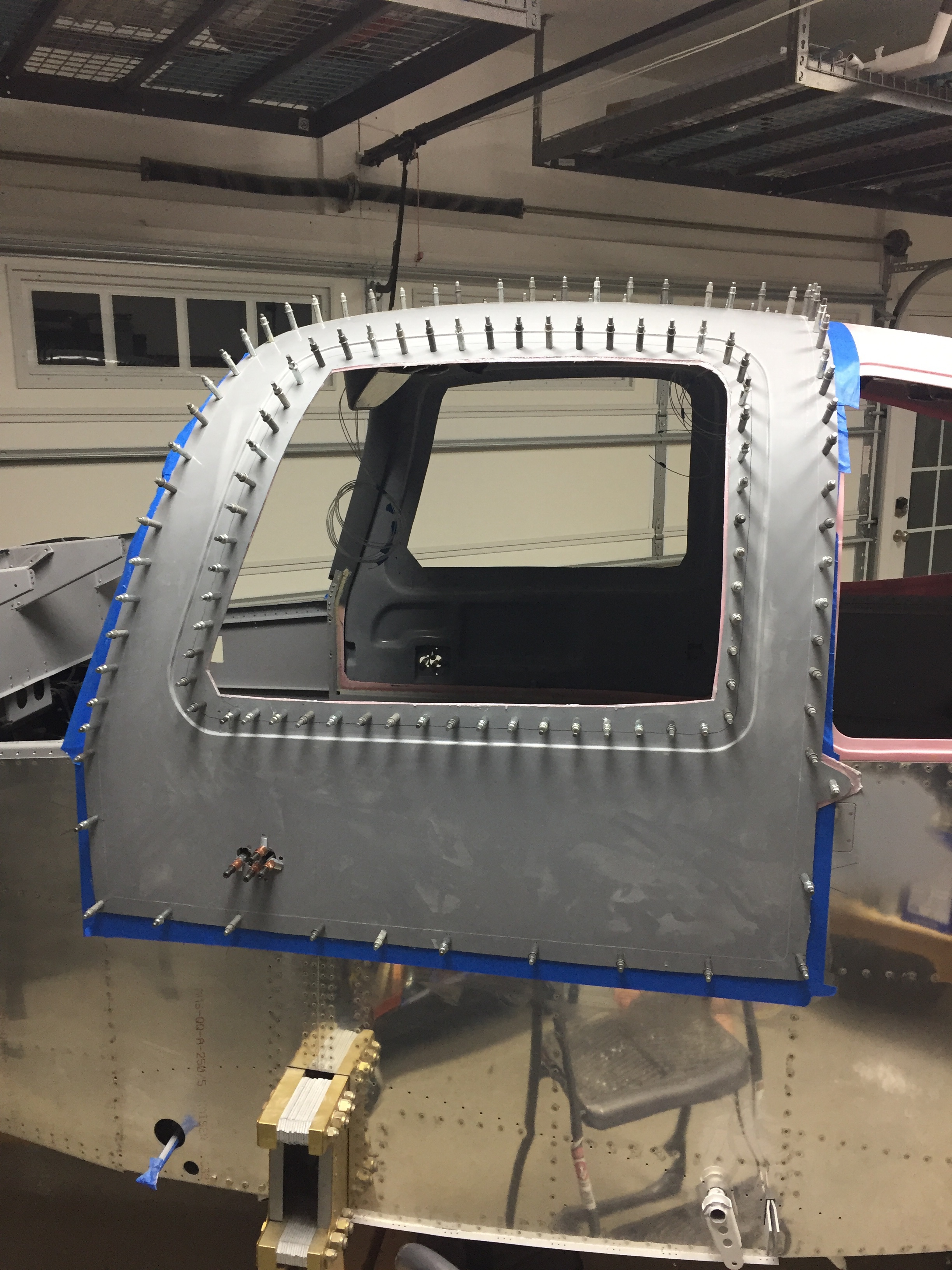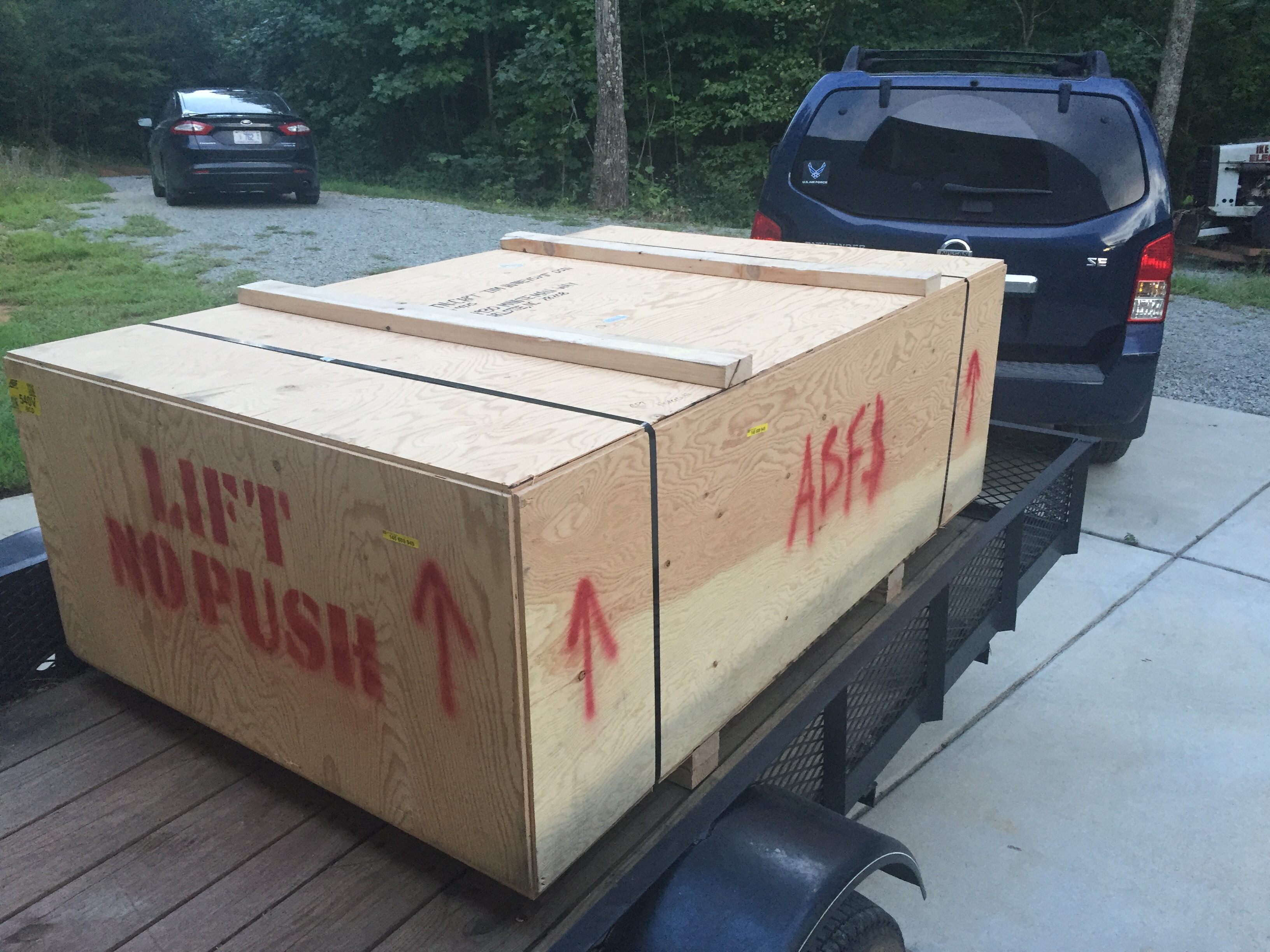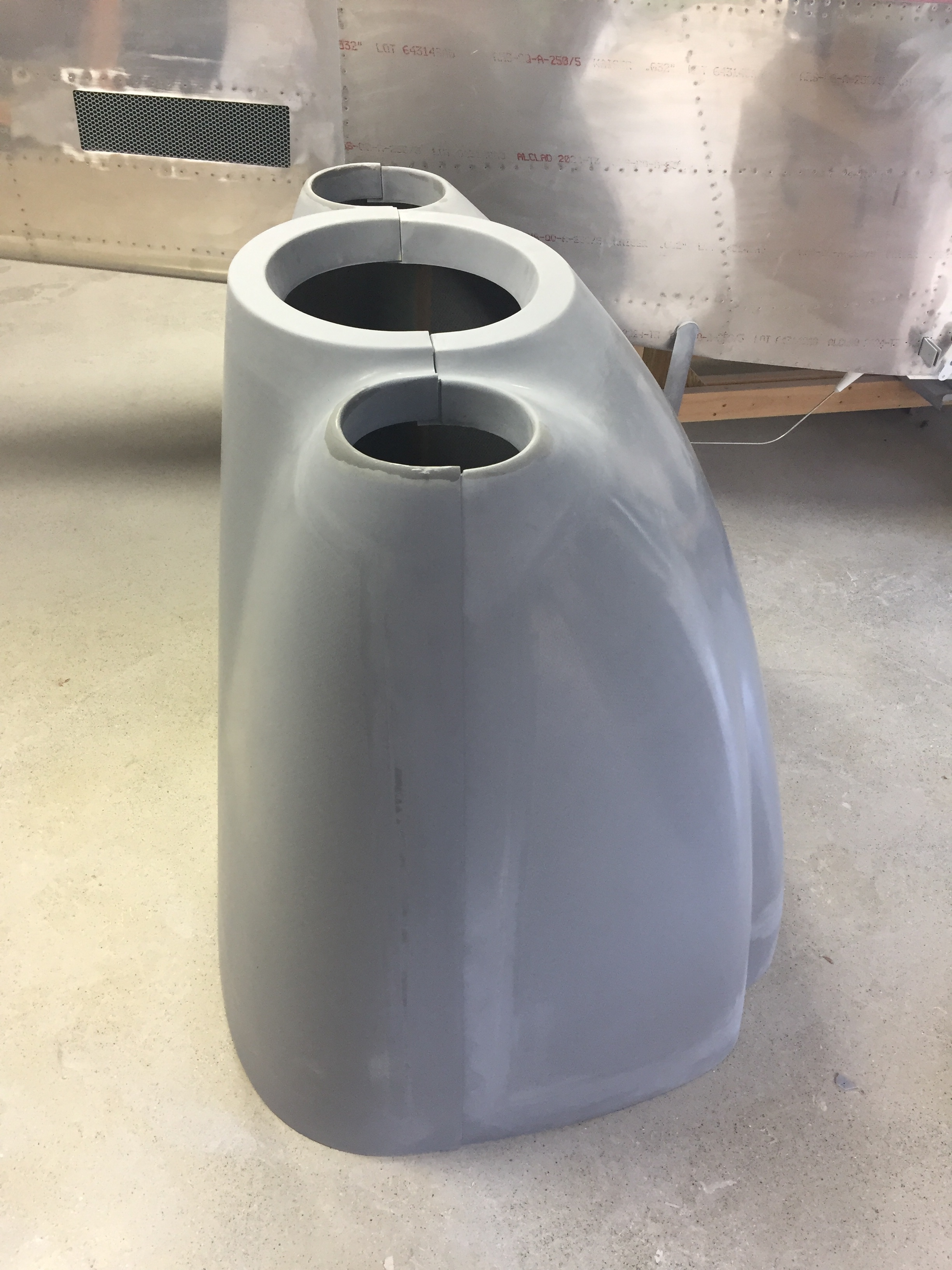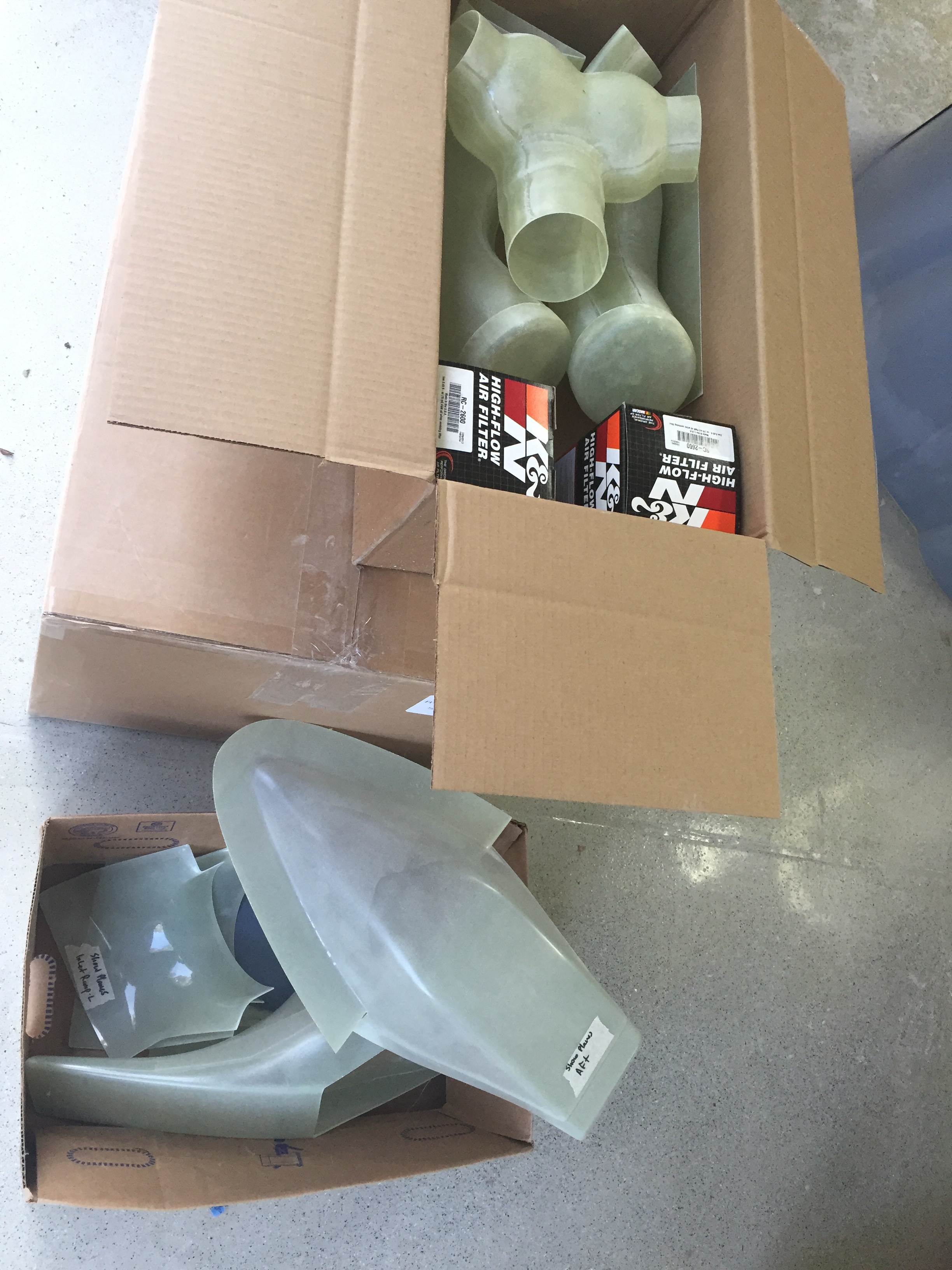I needed to get the door pins installed so that I could lock the doors in their proper location to get the final trimming done. It’s a cart before the horse thing, as it’d be nice to get all the trimming done but you need the pins first. But to get the pins, you need to trim the doors. Lot’s of half finished steps to complete the other steps here.
I’m using several aftermarket modifications as well. The PlaneAround center latch is a no-brainer for its functionality and safety aspects. It provides a cam in the center of the door to help close the door and ensures both front and rear pins engage the fuselage to keep the door closed. It also basically makes it impossible to close the door with only one pin engaged. The danger is potentially life ending, as several accidents have been caused by doors opening and separating from the airfarme. Nothing to joke about here, you have to do this right and know the severity of the impacts.
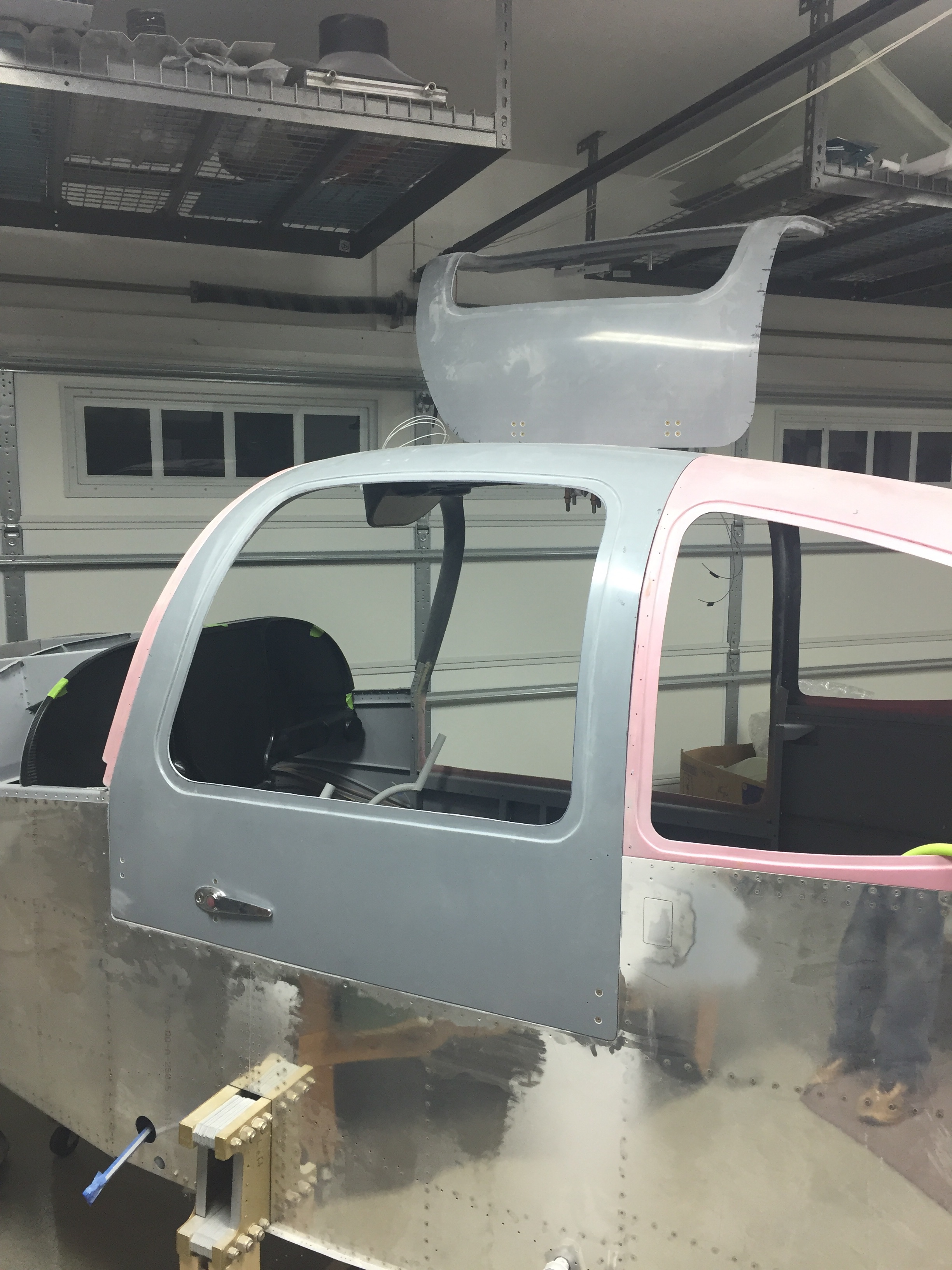
I’m also using the low profile handles from Aerosport which are very nicely built and are a bit more high class than the standard Van’s handles. With that being said, it means following three sets of directions that all leave a bit to the imagination. Of course, I don’t read directions well so I started off by cutting my door racks according to the stock plans, not in half as I should have. That looked like an expensive mistake, but VAF came through and I got a new set for the cost of shipping thanks to a very helpful fellow builder.
The door rack and gear system is simple once it’s all put together but is a bit challenging in assembly. I was able to work through the plans, however, and soon had all of the parts cut, created, and cued for final assembly. It all comes together very well in the end as long as you take time to ensure a smooth operation of the mechanism. I’ll be filling in around the nylon blocks on the door’s edges so aren’t too concerned about looks here.
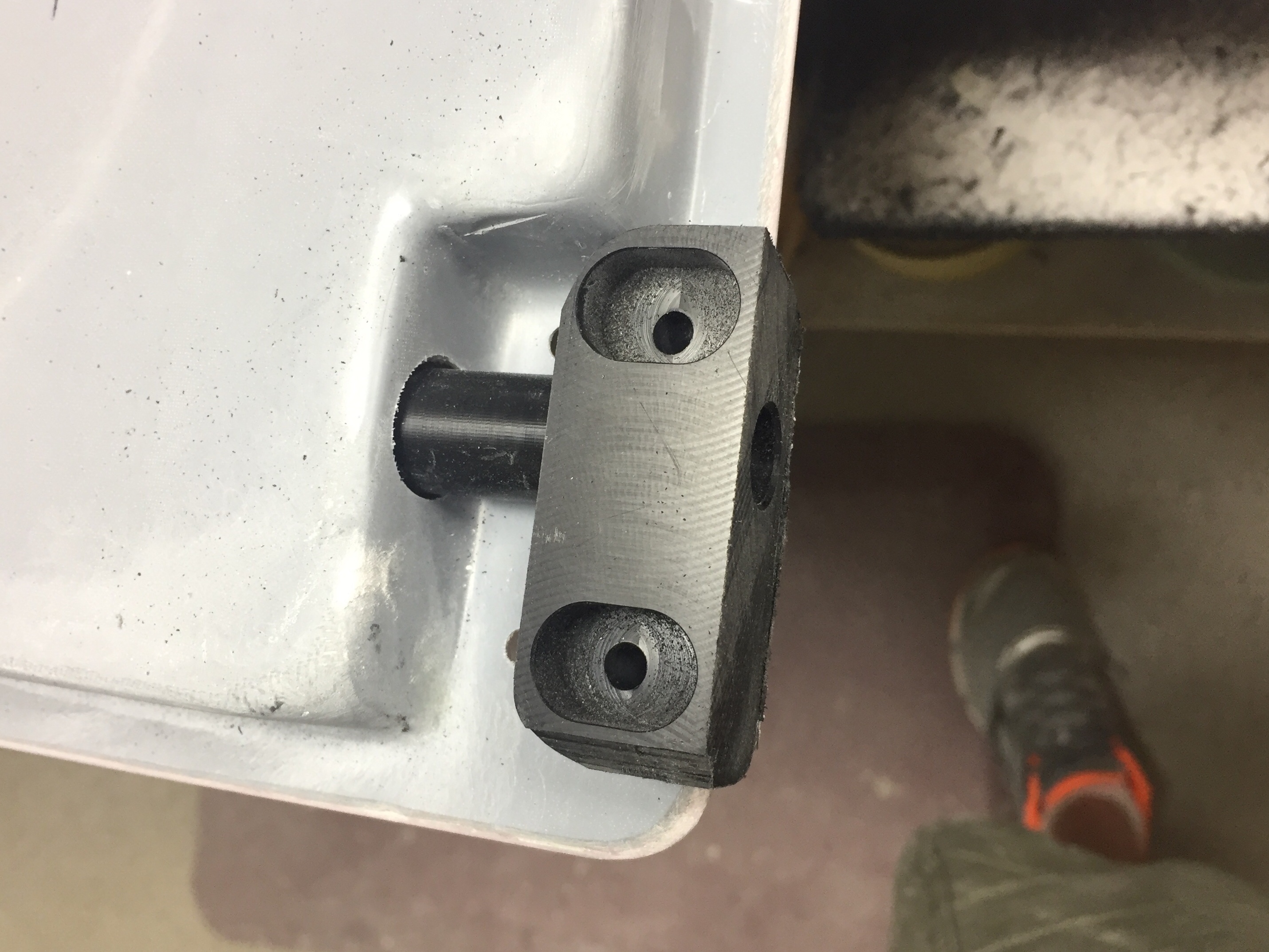
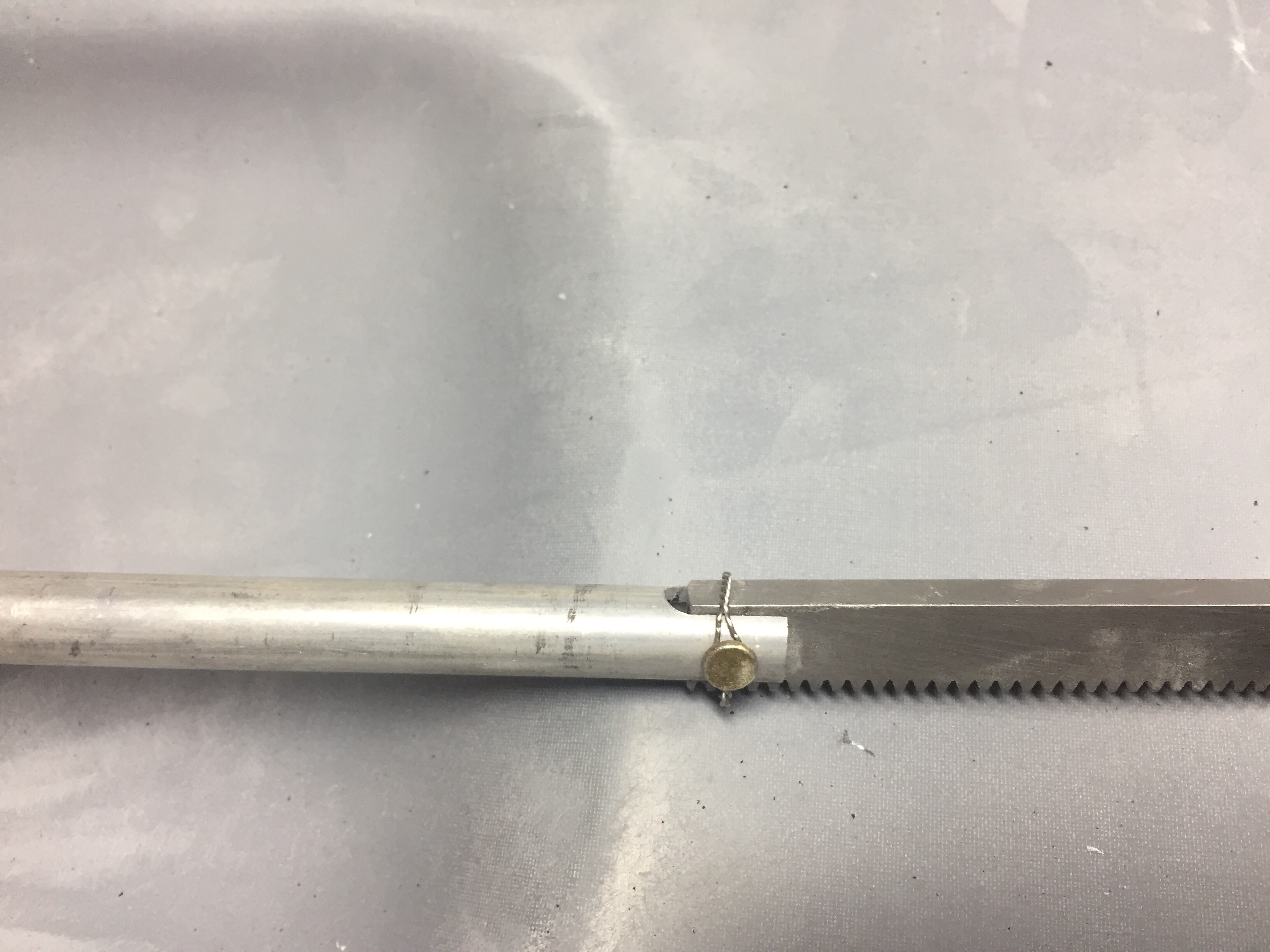
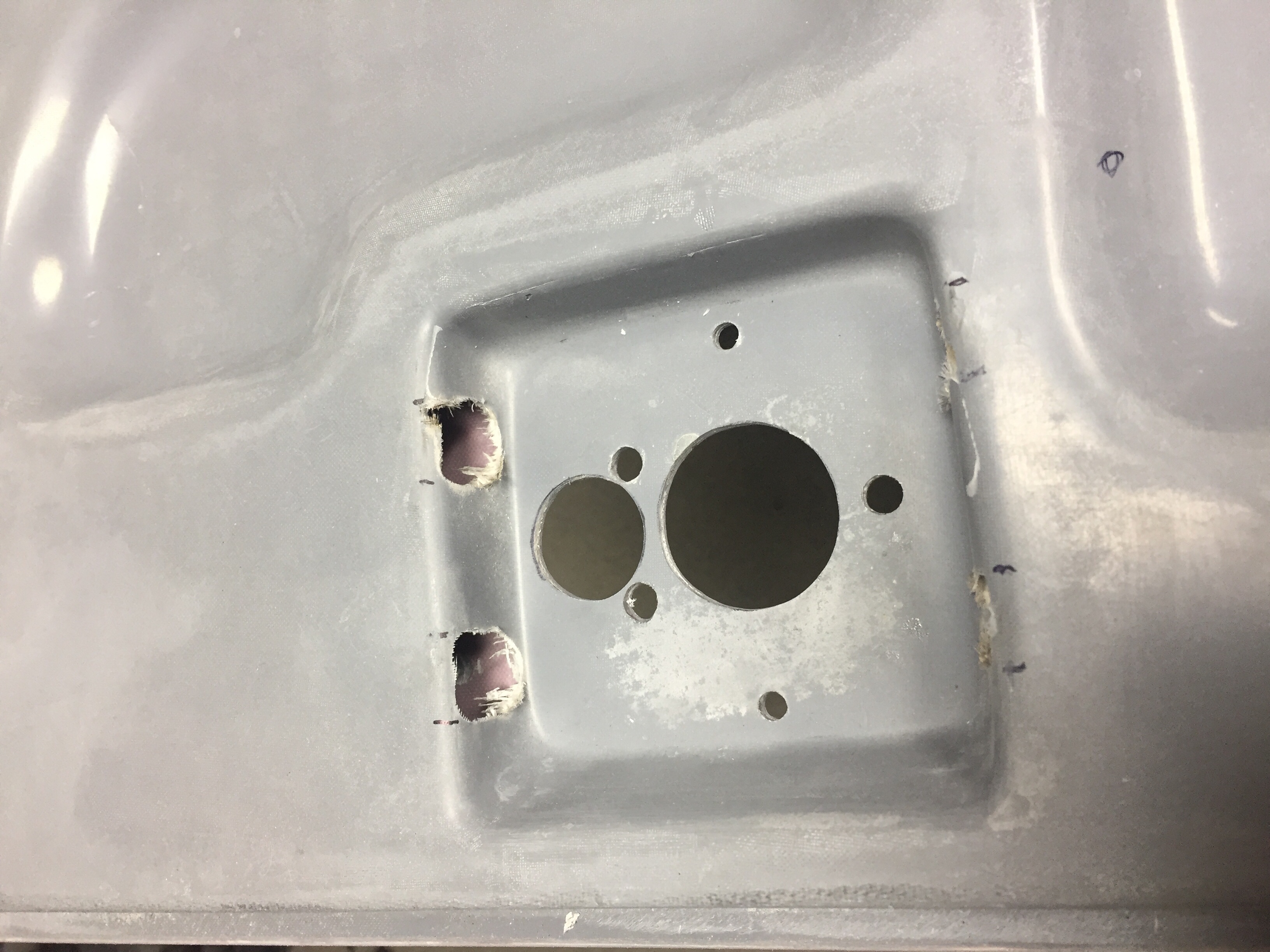
I also added cam locks to be able to lock the doors. While they aren’t completely bullet proof, they will provide some security and deterence for people to not mess with the airplane or its contents.
